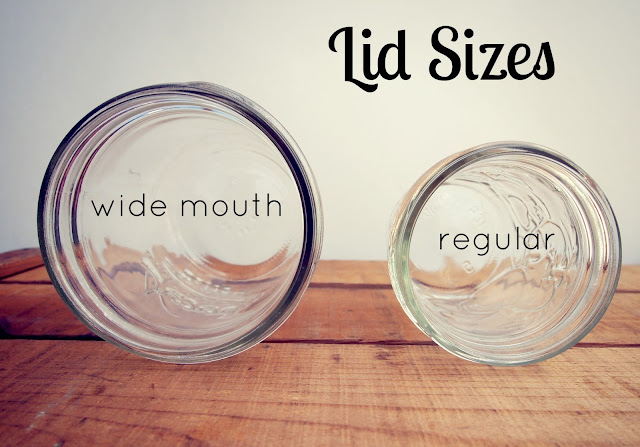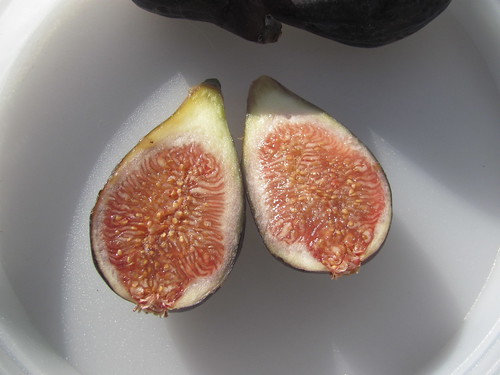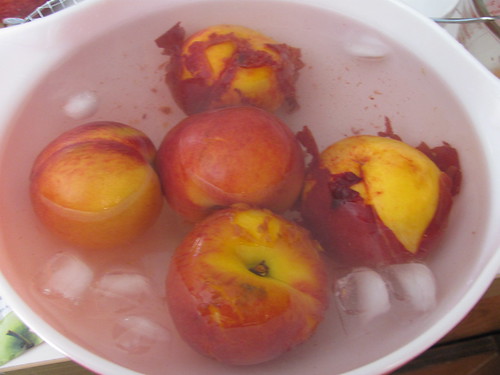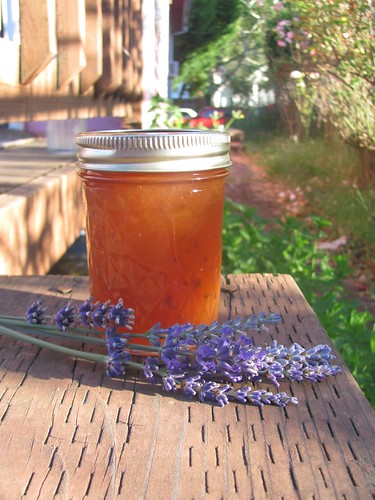I love sugar snap peas. They are the perfect treat in the early summer months. We grow them every year and I always look forward to the harvest and to seeing them appear in farmers markets. Ususally I just eat them raw as a snack, but I decided to give pickling them a try (because you know, in Portland, we pickle everything!).
Instead of a standard pickle, I went with an asian style with rice wine vinegar and a simple seasoning of
nori komi furikake. If furikake isn't already a pantry staple for you, it probably should be! It's a really simple mix of seasame seeds, salt, and seaweed. It's traditional use is to make a simple bowl of rice into something magical and flavorful. If you can't find furikake or don't care for it, you can substitute other seasonings or leave it simple and fresh with garlic and chili flakes.
Quick and Easy Pickled Sugar Snap Peas
Makes about 5 half-pint jars
1+ pound sugar snap peas
2 cups rice wine vinegar
2 cups water
1 tablespoon sugar
1 tablespoon salt
5 tablespoon nori komi furikake (or your own blend of nori and seasame seeds)
1 1/4 teaspoon chili flakes (more if you want a little more heat)
2 chopped garlic cloves
Start by prepping your peas. Remove the tips and pull off the tough string that runs along the pod. Wash the peas. Arrange them into 5 half-pint jars.
Top each jar with: 1 tablespoon furikake, 1/4+ teaspoon chili flakes, & about 1/4 teaspoon garlic.
Prepare your brine by mixing vinegar, water, sugar, and salt in a small sauce pan and bring to a boil. Once they sugar is fully dissolved, pour the hot brine into each jar and leave about 1/4" from the brim.
Let them cool on the counter and then screw on the lids and store them in the fridge for up to 2-3 months.
*Note, this recipe is for refrigerator pickles. It is not safe to can and these jars will not be shelf stable. They will last for about 2-3 months in the fridge. The rice vinegar is usually about 4.0 acidity which is too low for canning. If you wanted to adapt the recipe for canning, you could use white vinegar instead.
I like to just eat these as a snack, but you could also serve these on a cheese tray or as a light side dish. They are a delicious and light pickle with a really refreshing summer taste that I just love!
I like to just eat these as a snack, but you could also serve these on a cheese tray or as a light side dish. They are a delicious and light pickle with a really refreshing summer taste that I just love!























